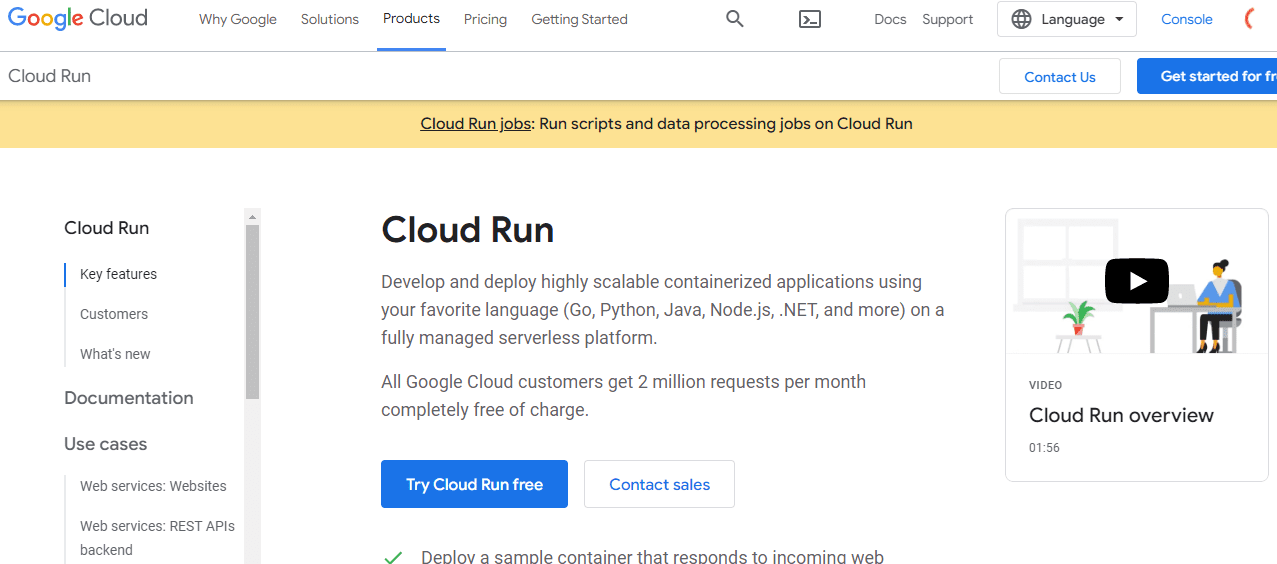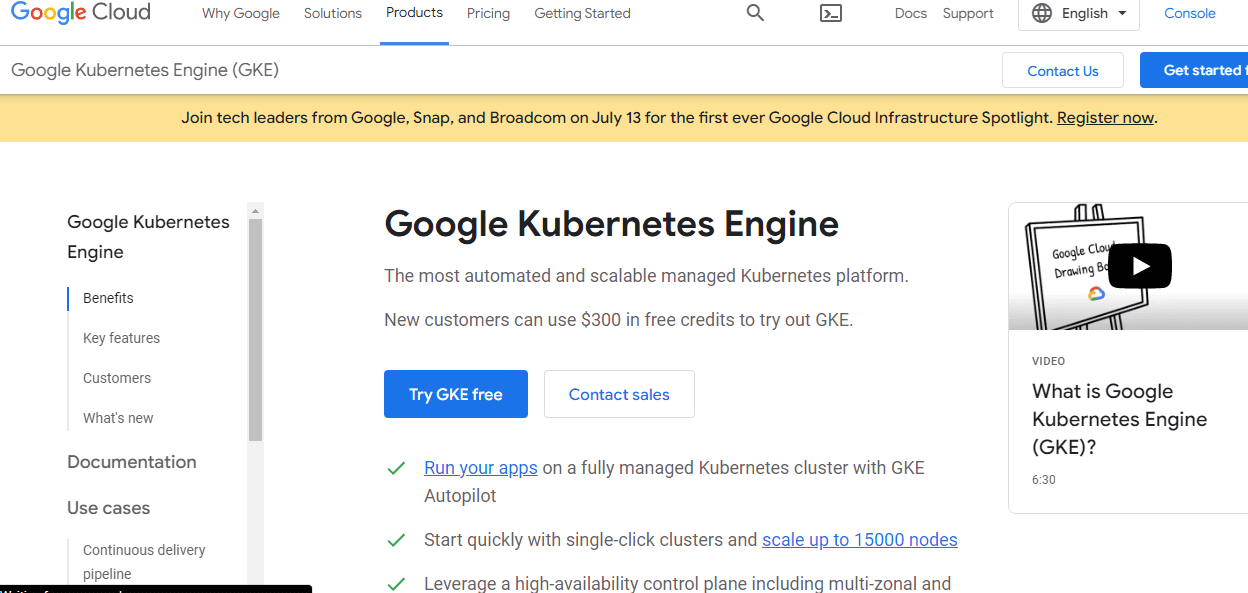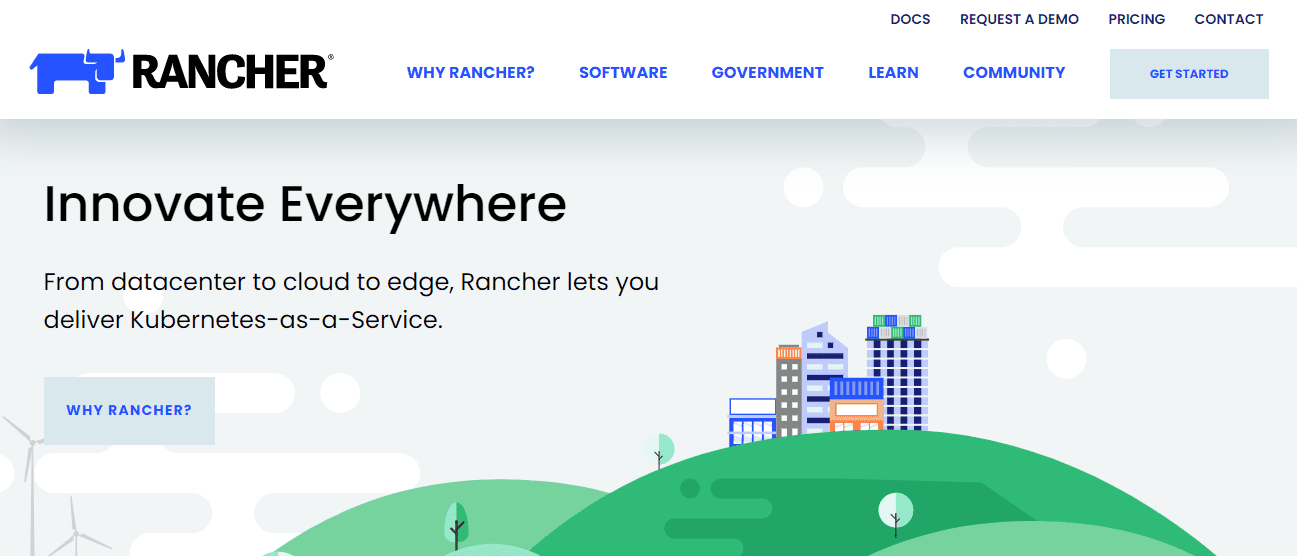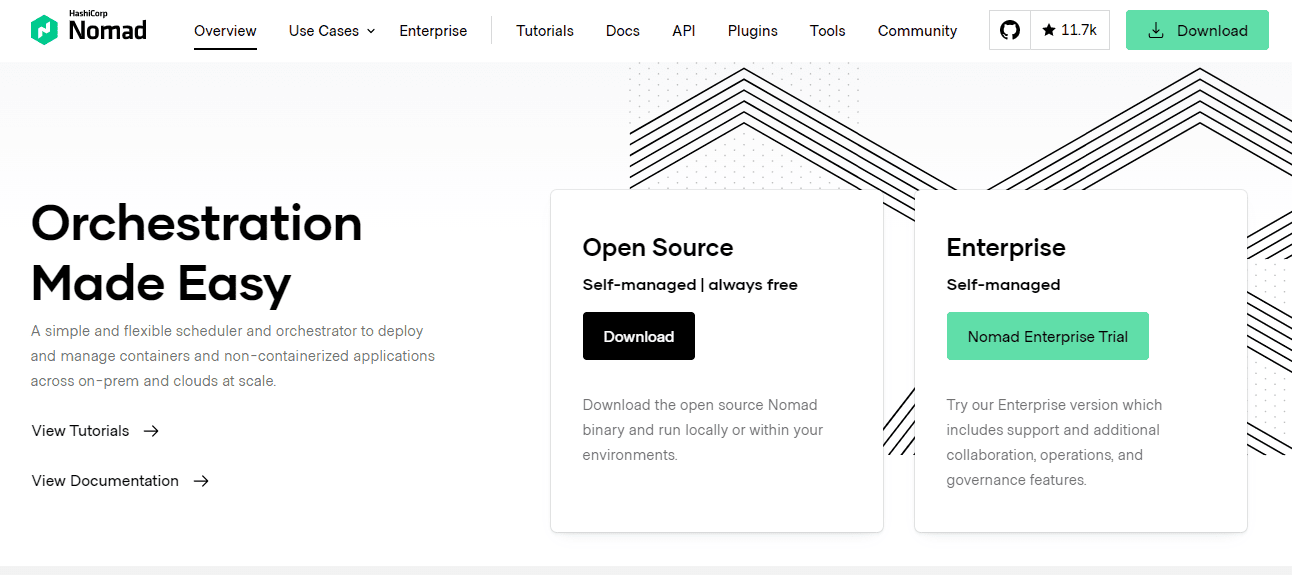Google’s Kubernetes is an open-source container orchestration platform. It aids in the management of distributed clusters of containers, which are frequently used for microservices and other distributed applications. Kubernetes is highly robust, with zero downtime, rollback, scalability, and container self-healing capabilities.
What are some of the issues that are driving organisations to seek an alternative?
- While Kubernetes is incredibly strong and ideal for large-scale deployments, it might be overkill for applications that do not require high scale or a distributed design.
- Kubernetes is difficult to master, even for developers and DevOps professionals, let alone for less technical professions. However, because of Kubernetes’ enormous popularity, it is now required to learn for many technical professions.
- Difficult transition—it might be difficult to migrate current apps to Kubernetes. Specific components or the entire architecture must be refactored in many circumstances, and apps must be rebuilt using cloud-native concepts.
- High total cost of ownership—Kubernetes is an open source project, but it comes with a number of hidden expenses. Aside from the expensive expense of deploying and running Kubernetes, it also needs a large-scale computing infrastructure to function. An organization’s hosting options will be significantly easier and less expensive if it opts for simpler deployment possibilities.
Alternatives to Kubernetes: Container as a Service (CaaS)
1. AWS Fargate

AWS Fargate is a serverless computing engine that works in tandem with AWS Elastic Container Service (ECS). It allows you to operate containers without having to manage servers or clusters of Amazon EC2 instances. Fargate features a flexible computing paradigm that does not require you to choose an instance type or construct your cluster manually. It scales up transparently, and you pay only for the CPU and memory resources you use.
Fargate is appropriate for isolated services, basic microservices applications, or distributed systems such as batch processing that do not require tight interaction between components because it lacks orchestration features.
2. Azure Container Instances

Azure Container Instances (ACI) is a service that enables developers to install containers directly on the Microsoft Azure public cloud without the requirement for infrastructure provisioning or management.
This service is compatible with both Linux and Windows containers. It eliminates the need to set up and manage virtual machines as well as install container orchestration systems such as Kubernetes. Microsoft automatically configures and adjusts the underlying computing resources when you launch new containers using the Azure interface or the Azure CLI.
Images from public container registries, such as Docker Hub and the Azure Container Registry, are supported by ACI.
3. Google Cloud Run

Google Cloud Run is a serverless platform that allows you to run Docker container images as stateless, auto-scaling HTTP services. Cloud Run, unlike serverless systems such as Google Cloud Functions and AWS Lambda, goes beyond running simple functions with a limited interface. It is capable of running complicated applications with numerous endpoints.
Cloud Cloud Run dynamically adjusts the number of container instances based on the number of requests received by each application. It also has a concurrency option that determines the maximum number of requests that a certain container instance may process.
Kubernetes Alternatives: Managed Kubernetes Services
4. Google Kubernetes Engine (GKE)

Google created Kubernetes and continues to be substantially involved in its development. It was also the first to introduce the Google Kubernete Engine, a managed Kubernete service. GKE is regarded as one of the market’s most mature Kubernete services.
GKE uses the latest Kubernetes versions and is dedicated to automating Kubernete management duties. It works in conjunction with other Google Cloud services to provide access control, security, and other features. Google also offers Anthos, which allows you to operate GKE on-premises as well as on other public clouds like AWS.
5. Amazon Elastic Kubernetes Service (EKS)
AWS EKS is a service that simplifies and automates Kubernetes cluster setup and administration. It is accessible on Amazon infrastructure (with deployment choices including EC2 and Fargate) and may also be used to administer Kubernetes on-premises. It runs a recent version of open-source Kubernetes and is compatible with the whole Kubernetes ecosystem.
EKS maintains the Kubernetes control plane completely and grows master nodes as needed to provide high availability by deploying across various availability zones. It handles a wide range of Kubernetes setup and maintenance activities, such as instance replacement and Kubernetes upgrades.
6. Azure Kubernetes Service
The Azure Kubernete Service (AKS) simplifies the deployment of managed Kubernete clusters on Azure. AKS delegated administration of the Kubernetes control plane to Azure, thereby minimising management complexity and operational overhead.
AKS maintains Kubernetes hosts on Azure VMs and handles ongoing duties such as health monitoring and maintenance. Unlike comparable services on AWS and Google Cloud, AKS charges just for Kubernete worker nodes and provides free master nodes and cluster administration.
PaaS Platforms as Kubernetes Replacements
7. Openshift Container Platform

Red Hat’s OpenShift Container Platform is a hybrid cloud platform that enables businesses to create and scale containerized applications. It is built on Linux containers in the Docker style, Kubernetes, and Red Hat Enterprise Linux (RHEL).
The Openshift Container Platform is a comprehensive distributed application platform that goes beyond the capabilities of standard Kubernetes. It provides container orchestration, scheduling, container networking, and streamlined deployment features with Docker’s Red Hat API.
8. Rancher

Rancher is an open-source framework for running containers in production across many settings, including on-premises and public clouds. It gathers computing resources from public or private clouds and deploys Kubernetes resources on them in real-time.
Cross-host networks, container load balancing, persistent storage services, multi-tenancy, user administration, multi-cloud management, and built-in security for Kubernetes clusters are among Rancher’s core features.
Alternatives to Kubernetes: Lightweight Orchestrators,
9. Docker Swarm
Docker is a containerized application development platform. Docker Swarm allows you to cluster and schedule Docker engines. You may use this capability by activating Docker’s Swarm mode.
Swarm is a Docker native function. After you’ve enabled it, you can use the Docker Engine CLI to establish a swarm and orchestrate your cluster. Swam may be used to monitor and grow your clusters both manually and automatically.
Docker Swarm mode has a decentralised architecture that allows Docker Engines to manage specialisations at runtime. It allows you to deploy both management and worker nodes, thereby creating a swarm from a single disc image.
There are many more orchestration features, such as load balancing, service discovery, rolling updates, and multi-host networking. TLS mutual authentication and encryption are used to ensure security and are enforced by each node in the swarm.
10. Nomad

HashiCorp’s Nomad is a versatile container orchestrator that enables enterprises to deploy and manage both containers and older apps using the same process. It lays a high emphasis on usability.
Nomad enables developers to deploy applications declaratively, using infrastructure as code (IaC), and to execute workloads such as Docker, non-container applications, microservices, and batch programmes concurrently.
Device plugins, GPU support, multi-region federation, multi-cloud administration, scalability up to clusters of 10,000 nodes or more, and connection with the HashiCorp ecosystem, including Terraform, Consul, and Vault, are among the key features.

